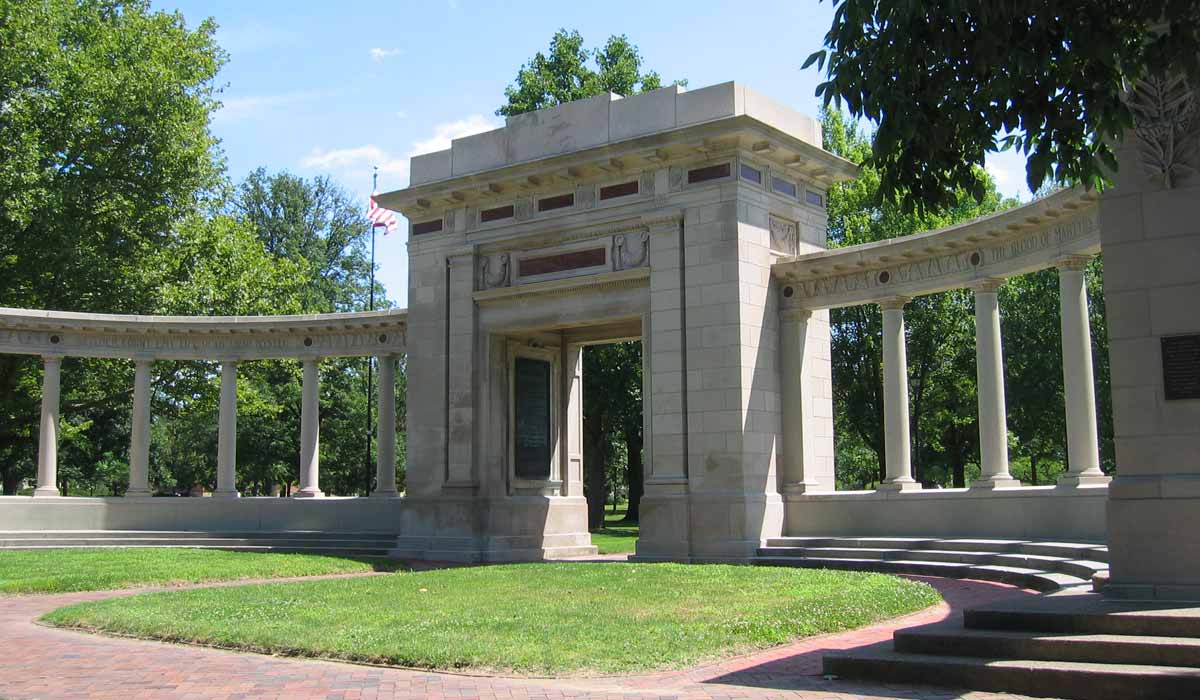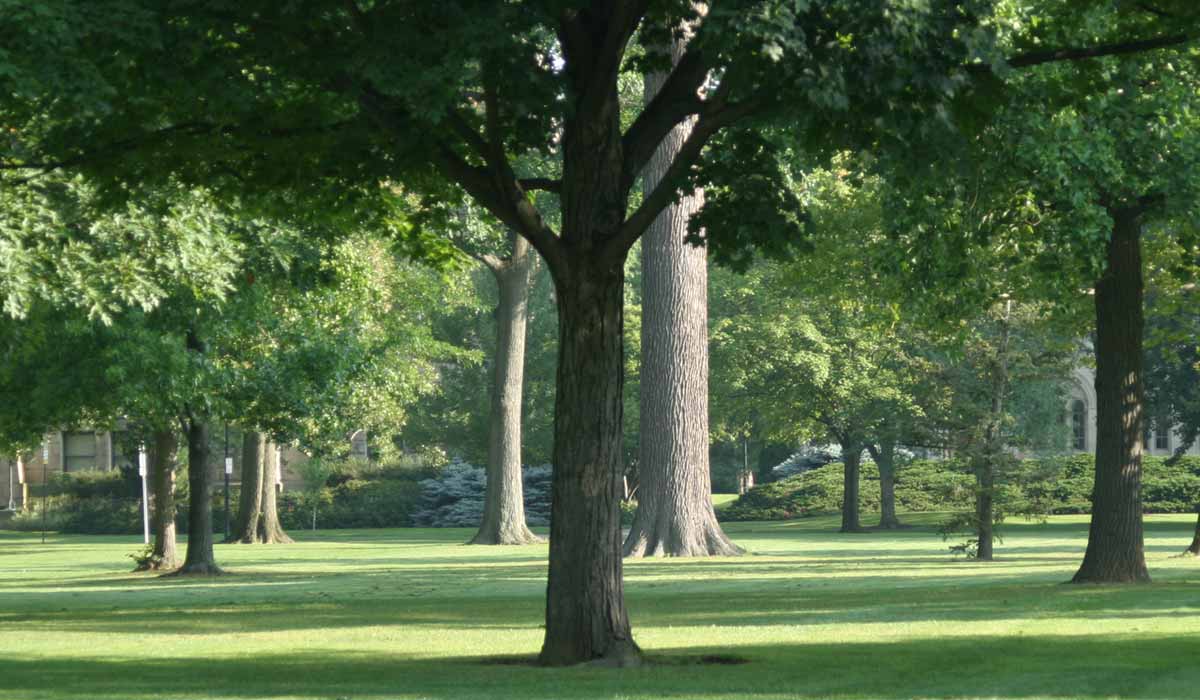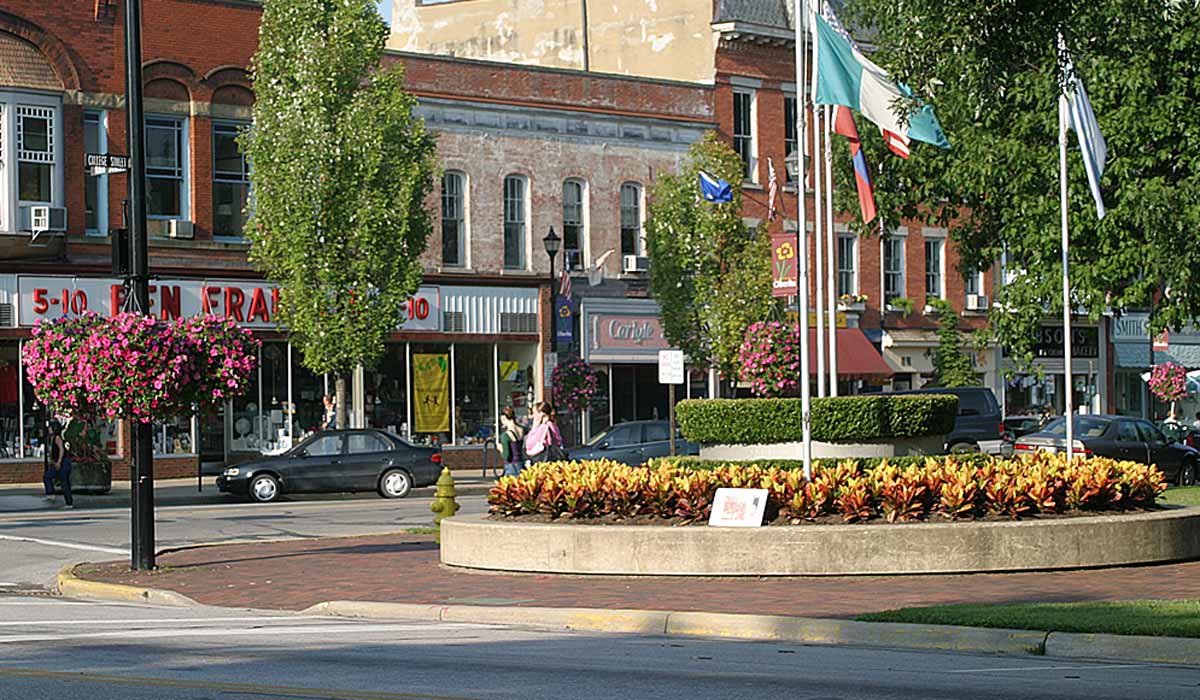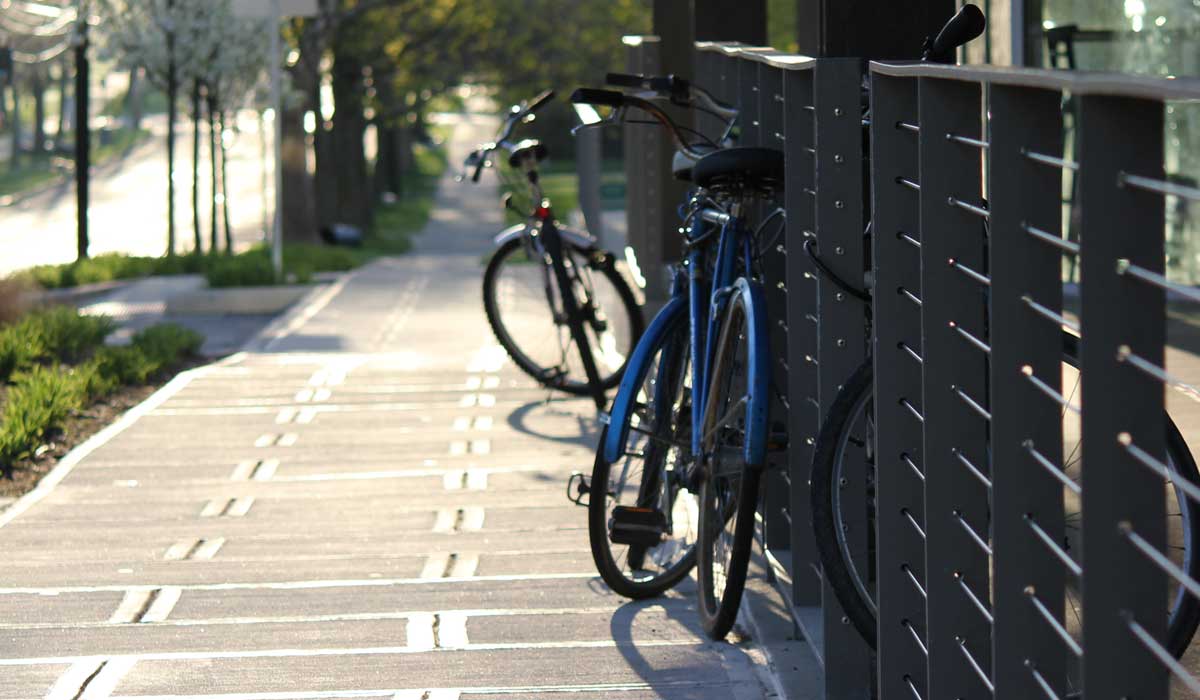Our Commitment: Research, Policy and Replication
The Oberlin Sustainable Community Model:
A Collaborative Effort to Grow a Living City
Ohio communities need a better approach to economic development, an approach that fosters economic growth among local businesses, promotes employment of local workers in good-paying jobs, particularly low-income workers, women, and persons of color, and takes advantage of nature???s infrastructure without damaging it for future generations. This is why the city of Oberlin, in partnership with Oberlin College, the city???s community-owned utility, and a diverse group of local and regional stakeholders, have teamed up to launch ???The Oberlin Project,??? a collaborative effort to make Oberlin, Ohio the greenest little city in the U.S., grow jobs for local residents in the process, and become a national laboratory for sustainable economic development practices.
If it can be done in Oberlin, Ohio, a small town with limited resources, it can be done anywhere.
A History of Leadership
Oberlin has a history of national leadership on the most pressing social issues of its time. In 1833, Oberlin residents founded the country's first co-ed college that soon thereafter also became the first college to have an official policy for accepting students regardless of color.
The Oberlin Project builds off nationally-renowned environmental educator David Orr's past success in creating the first-of-its-kind "living building," a building that still wins prestigious architectural awards a decade later. The Adam Joseph Lewis Center at Oberlin College was designed by nearly 250 students and 20 design-group members charged to do no harm in the world. The Oberlin Project seeks to apply this same high-road approach to community-wide green development in order to create a "living city"??? a resilient, self-reliant local economy made up of locally-owned enterprises using local resources to meet local needs in cooperation rather than opposition with local ecosystems.
Through shared responsibility to undertake this monumental effort, Oberlin and its surrounding communities hope to achieve shared prosperity. This work has already begun.
Oberlin City Council unanimously adopted a strategic plan that envisions Oberlin as a "proactive, trend-setting leader in social and racial justice and economic and environmental sustainability." Oberlin College, the city's largest employer and anchor institution in the community, recognizes the stake they have in the vitality of their community, and plans to redevelop a 13-acre block in downtown Oberlin into a vibrant Green Arts District built to the U.S. Green Building Council Platinum standards. Oberlin Municipal Light & Power, the city's community-owned electric utility is already on track to procure 90 percent of their electricity from green energy sources by 2015.
The Oberlin Project is in the process of developing a ten-point action plan outlining the steps the community can take together to further its mission, much of which is already underway.









